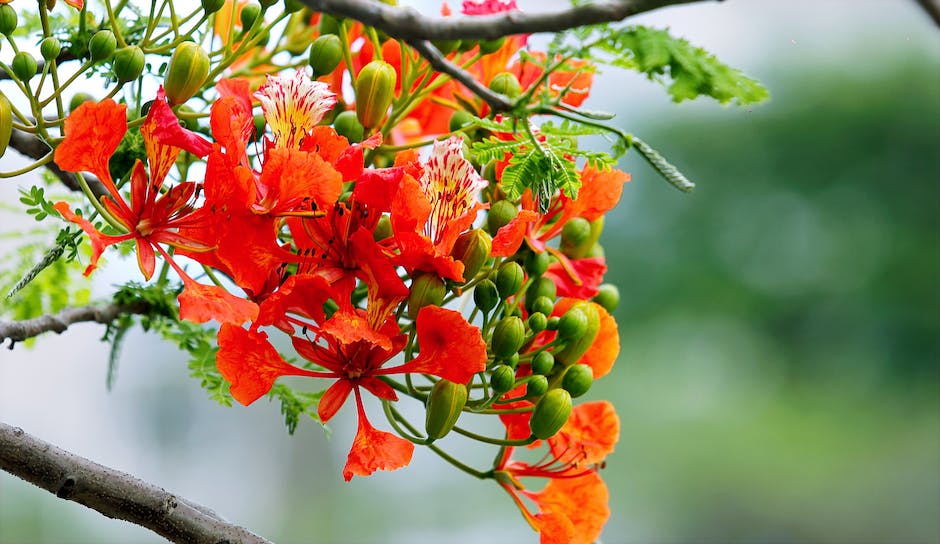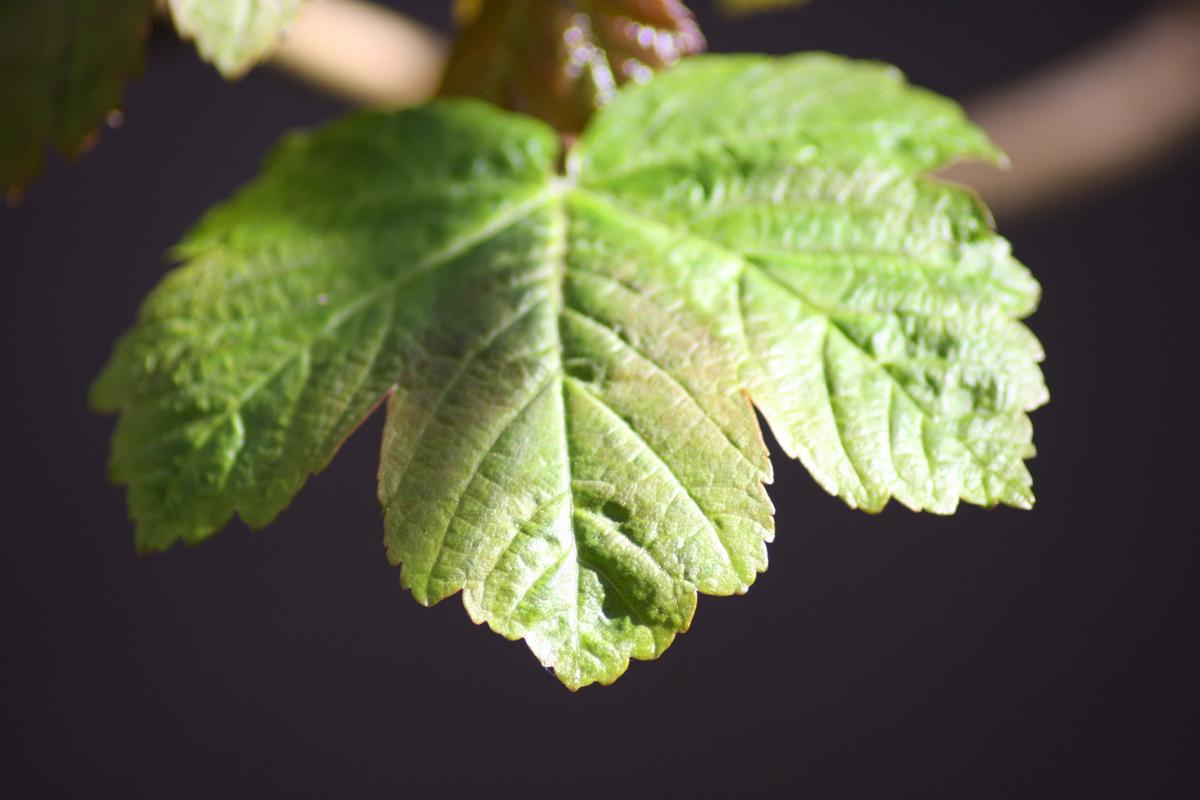Understanding Plant Zones of New Jersey

Understanding the hardiness zones in New Jersey is not only a key aspect of horticulture, but an enlightening glimpse into the State’s ecological diversity. In essence, these zones demarcate regions based on their minimum winter temperatures and thus, significantly influence the kind of flora that proliferates within them. The USDA Plant Hardiness Zone Map is the guiding framework we’ll explore, shedding light on how temperatures, topography, and altitude shape the vegetation profiles of the State. The journey from understanding hardiness zones to appreciating the slew of plant species that call each zone home is a riveting ecological narrative, which we’ll unveil in this paper.
Hardiness Zones in New Jersey
What comprises the hardiness zones in New Jersey, and why are they crucial?
In the academic world of botany and horticulture, one will find the term “plant hardiness zones” being reverently discussed by scientists and researchers. These zones, defined by the U.S Department of Agriculture (USDA), serve as visual representations of climate conditions conducive to the growth of certain plant species. They are a testament to the intricate interplay between geography and botany, climate and vegetative adaptability. The case of New Jersey — a northeast state situated in the verdant bosom of the United States — is particularly intriguing in its rich diversity of plant hardiness zones.
New Jersey, modulating between the cool temperatures of the Appalachian Highlands and the temperate climate of the Atlantic coastline, is home to at least seven USDA plant hardiness zones. These range from Zone 6a (an area where minimum temperatures fall between -10 to -5 degrees Fahrenheit) to Zone 7b (where minimum temperatures range from 5 to 10 degrees Fahrenheit). Region-specific climatic conditions such as temperature extremes, precipitation patterns, and seasonal changes form the bedrock of these zoning distinctions.
Making sense of this variety of hardiness zones requires an understanding of the factors that influence these classifications. For starters, geographical features like elevation and proximity to water bodies can create microclimates that deviate from the broader regional climate trends. These microclimates may harbor unique biotic communities, enriching New Jersey’s biological tapestry.
For instance, the utmost northern regions of New Jersey, characterized by higher elevations and cooler climates, fall within Zone 6a. The central regions — comprised of the Piedmont and Inner Coastal Plains — generally situate within Zone 6b (with minimum temperatures from -5 to 0 degrees Fahrenheit) and Zone 7a (0 to 5 degrees Fahrenheit), respectively. The Coastal Plains, basking in the balmy Atlantic sea breezes, constitute Zones 7a to 7b.
The practical implications of understanding hardiness zones are manifold. For gardeners, landscapers, and horticulturalists, knowledge of these zones is vital for selecting suitable plants, which can, in turn, thrive in their respective zones. This information is essential for creating resilient landscapes that can withstand the challenges of changing climatic conditions while minimizing the use of water and chemical inputs.
Fruit and vegetable growers find hardiness zones essential in predicting the success of their yield. Certain crops may favor a particular hardiness zone and not another, meaning that the tambour of agricultural success plays to the tune of these zoning considerations.
Finally, these zones reveal a lot about the state’s biodiversity. They serve as living catalogues of different plant species native to New Jersey, offering a detailed account of local flora, their climatic preferences, and the geographic niches they occupy.
In conclusion, the term ‘hardiness zone’ might seem merely technical jargon to the layperson. Still, for the enthusiastic botanist or the avid gardener, an understanding of these zones promises a more profound engagement with the natural world. Like an artistic masterpiece, the hardiness zones of New Jersey illustrate the intricate dance between climate and vegetation, an eternal waltz that frames the narrative of biological life on earth.
By comprehending these zones, we not only gain scientific knowledge but also capture a glimpse of biotic wonder — a testament to the resilience of life amidst Earth’s climatic vibrancy.

Flora Varieties in Different Zones
A visual exploration across the expanse of New Jersey reveals an intricate ecological tapestry composed of a variety of plant species interacting with their physical environment. Each hardiness zone manifests as a unique biome, fostering a distinct flora schema that adapts to the individual landscapes and ecological conditions therein.
Comparing the flora varieties across Zones 6a and 7b, one can perceive a shift in dominant plant species. Zone 6a, for instance, has vegetation marked by a predominance of deciduous trees like Red Maple and flowering Dogwood, whose hardy character strongly withstands frigid temperatures. Zone 7b, situated to the south and closer to the coast, harbors a significantly different environment. Moderate winters give rise to a broader spectrum of vegetation encompassing unique deciduous trees like Southern sugar maple, along with an assortment of shrubs and herbaceous plants.
The geographical attributes of New Jersey create an array of microclimates responsible for the variation in plant hardiness zones. For instance, the Pinelands region, which stretches across seven counties and encompasses almost 22% of the state’s land area, transitions from northern hardwoods to a more coastal plain vegetation due to its sandy soils and maritime conditions. Here, one can find Pitch Pine, Atlantic White Cedar, and diverse shrubs that thrive in acidic conditions.
Hardiness zones are not only crucial in understanding the expected survival and growth rate of specific plants but also play a pivotal role in supporting biodiversity. Each hardiness zone accommodates a unique set of species, giving rise to a rich biodiversity observed across New Jersey. For instance, wetland areas in Zone 7b offer a habitat for the carnivorous Purple pitcher plant and the Swamp azalea, species not typically seen in other zones.
Adding another layer of complexity is the influence of human factors on the flora distribution in these hardiness zones. Urbanization has led to shifts in plant communities, with species such as the Eastern Redbud and the Black Locust becoming significantly common in urban ecosystems. These resilient species have adapted well to human-modified landscapes, proving their versatility.
In conclusion, the interface of climatic factors, geographical variation, and human intervention has significant bearings on the variation of flora across New Jersey’s hardiness zones. This intricate interplay sets the stage for a rich kaleidoscope of plant life, painting a vivid portrait of the state’s botanical vivacity. To delve into these hardiness zones is to embark on an enlightening journey toward a deeper understanding of the profound relationship between diverse flora and their ecological niches. In the grand tapestry of life, hardiness zones offer a framework to appreciate the complex and captivating diversity of New Jersey’s plant life.

Human Intervention and its Effects on Hardiness Zones
The role of human intervention in shaping the hardiness zones and plant life in New Jersey’s pressed yet dynamic flora is as intriguing as it is consequential. Human activities have had considerable impact upon the floral landscape of the state. This can be discerned in a number of ways, including land use practices, population growth, and urbanization.
From sprawling suburban communities replacing native Pineland scrub, to roadways carving through verdant woodland, land use changes have had far-reaching effects on hardiness zones. Notably, the eradication of native plant species is a persistent outcome of altered land use. By introducing foreign plant species for decorative purposes or unknowingly bringing invasive species along, these human-dependent changes have directly influenced plant diversity in different hardiness zones.
In densely populated regions like Northern New Jersey, urbanization exerts a substantial influence on hardiness zones. The “urban heat island” effect, a phenomenon wherein urbanized areas trap and radiate heat more than their rural counterparts, is a significant factor in the alteration of hardiness zones. Increased temperatures result in an accelerated flowering and fruiting season, inextricably altering the state’s floral calendar and the definition of its defining zones.
Besides urbanization and land use, human-driven climate change also has an undeniable effect on the categorization and evolution of hardiness zones. Climate change implicates not only the temperature shifts but more deluge and drought incidents, influencing the state’s floral life forms. As Earth’s mean temperature continues to rise, facets of this rise are observed in New Jersey’s hardiness zones with an observable northward shift in many plant species’ ranges, reshaping the state’s biodiversity.
Consider the implications for state’s agricultural sector, wherein hardiness zones enable a tailored approach to crop selection for optimal yield. Unexpected zone changes could lead to mismatches, adversely impacting agricultural productivity.
The impact of human activities on hardiness zones in New Jersey offers a compelling case of the Anthropocene – the epoch of significant human impact on Earth’s ecosystems. As long as humans continue their engagement with the lands of New Jersey, their decisions – intended or otherwise – will undoubtedly script the course of hardiness zones and associated floristics.
Indeed, the concrete and the botanical are not disparate elements but deeply intertwined strands in New Jersey’s rich ecological and cultural tapestry. It’s a narrative carved by glaciers, shaped by natural elements, and now significantly influenced by human activities. It is crucial to deliberate how human intervention is redefining this dialog and the urgent need for sustainable, ecognizant choices moving forward.

Photo by philldane on Unsplash
Human influence continues to dramatically impact the ecological fabric of New Jersey, reshaping the State’s hardiness zones and the plant life that defines them. Urbanization, climate change, and other related factors end up altering the climate patterns and leading to tremendous changes in the local flora–sometimes enhancing diversity, but more often endangering it. With the myriad threats facing the flora of New Jersey, conservation efforts need to be intensively pursued. It is our understanding of hardiness zones and our ability to protect our plant species that will ultimately determine the narrative of New Jersey’s ecological future. This article is thus a clarion call for increased ecological awareness and deliberate conservation actions, aimed at preserving the splendid diversity that makes up New Jersey’s flora.



